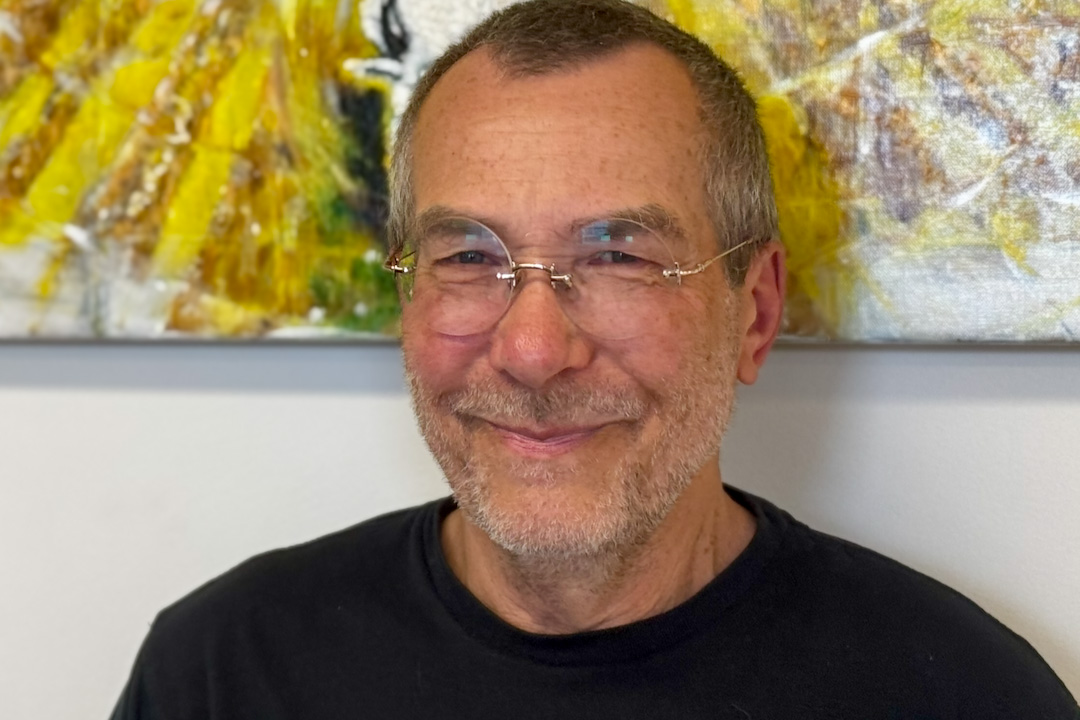
In the trenches: Dr. James Stempien on Emergency Medicine
Dr. James Stempien (MD) has navigated some of the most challenging corners of emergency medicine, from the frigid isolation of Inuvik to the bustling corridors of Saskatoon’s emergency departments. His experience in low-tech outposts has shaped his approach to modern emergency care.
By RESEARCHERS UNDER THE SCOPE
Listen to all episodes of the Researchers Under the Scope podcast.
Researchers Under the Scope is produced by the Office of the Vice-Dean Research in USask’s College of Medicine.
“When things aren’t going well you see it in the emergency department first,” Stempien said. “We’re the front door. We’re always open.”
As provincial department head of emergency medicine, Stempien sees patients on their worst days in hospitals bursting at the seams, struggling to keep pace with Saskatchewan’s growing population.
“I worked in emergency last night and we were really busy, hours behind. All the ER docs there and nurses were running our tails off,” said Stempien. “We're seeing an increase in acuity.”
Stempien said the patients he sees now come in with serious medical concerns, which cannot be written off as minor ailments.
One in five emergency patients in Saskatoon requires hospitalization. Amid frequent congestion, Stempien says some find themselves on stretchers in the hallway, even in former linen closets, waiting to move upstairs to an acute care bed.
He said while a plan to open 109 more acute care beds at Saskatoon City Hospital ‘will make a big difference’, he and his staff are concerned overcrowding jeopardizes patients in the waiting room, leading to moral injury and burnout.
Stempien is determined to free up space inside his department. He's also led numerous innovations aimed at streamlining emergency medicine, including a recent move to send patients their discharge instructions via text message.
“They can access it as many times as they want. They're not going to lose the piece of paper on the way to the parking lot,” said Stempien.
Stempien, 67, said he still loves the job, in part thanks to the team atmosphere, and also because his patients are still full of surprises.
“Many things I've seen thousands of times, but every now and then you run across something and you think, wow, I've never seen that,” he said.
“That's what makes emergency medicine interesting. And fun."
(Runs 29:54)
